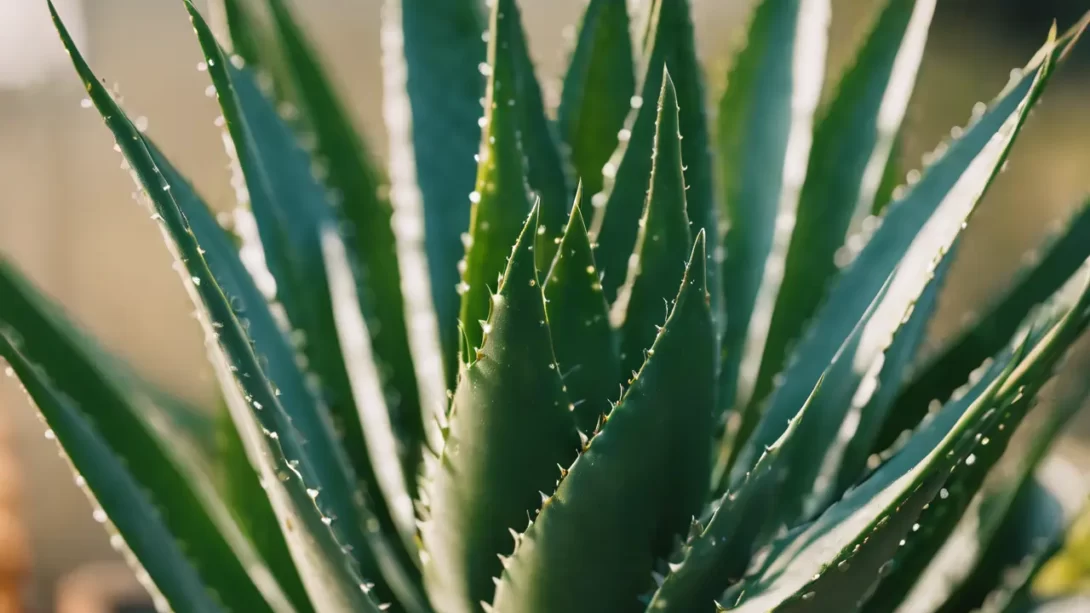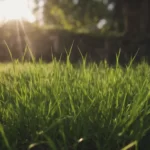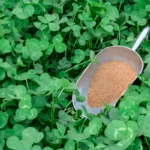Aloe vera, renowned for its soothing and healing properties, is a staple in many households for medicinal, cosmetic, and culinary applications. From treating skin irritations to being a hydrating component in beauty products and a refreshing ingredient in beverages, aloe vera’s versatility is unmatched. However, like all natural products, aloe vera is subject to degradation over time. Understanding the shelf life of aloe vera and the factors influencing it is essential for maximizing its benefits while ensuring safety.
The Composition of Aloe Vera Gel
Aloe vera gel, extracted from the inner part of the aloe leaf, is a complex mixture of water, vitamins, minerals, amino acids, and polysaccharides. These components contribute to its numerous health benefits, including moisturizing skin, aiding in wound healing, and having anti-inflammatory properties. However, this natural composition also makes aloe vera gel susceptible to spoilage. The high water content, in particular, creates an environment conducive to bacterial and fungal growth if not stored properly.
Shelf Life of Aloe Vera
The shelf life of aloe vera gel varies depending on its form and storage conditions. Freshly extracted aloe vera gel can last anywhere from one week to a month when stored properly. In contrast, commercially prepared aloe vera products, which often contain preservatives, can have a significantly longer shelf life.
Several factors impact the shelf life of aloe vera gel. Exposure to air can lead to oxidation, while light can degrade certain components, affecting both the quality and efficacy of the gel. Temperature plays a crucial role too; higher temperatures can accelerate spoilage. Additionally, the type of container used for storage – whether it’s plastic, glass, or metal – can also influence the longevity of aloe vera gel. Understanding these factors is key to preserving the freshness and therapeutic properties of aloe vera.
Signs of Spoilage in Aloe Vera
Identifying when aloe vera has gone bad is crucial to ensure its safe and effective use. The most common signs of spoilage in aloe vera gel include changes in color, odor, and texture. Fresh aloe vera gel is typically clear with a slight green or yellow tint. When it starts turning pink or brown, it’s a clear indication that the gel is degrading. Additionally, any unpleasant or sour smell is a sign that the aloe vera gel has been compromised.
The texture of the gel can also signal spoilage. Fresh aloe vera gel is smooth and consistent. If it becomes excessively watery, lumpy, or sticky, it may be a sign of bacterial or fungal growth. The presence of visible mold, which may appear as fuzzy spots on the surface of the gel, is an unmistakable sign that the aloe vera should not be used.
Proper Storage Techniques for Aloe Vera
Proper storage is key to extending the shelf life of aloe vera gel. To preserve its freshness, aloe vera gel should be stored in an airtight container to minimize exposure to air. Refrigerating the gel can significantly extend its shelf life, keeping it viable for several weeks. For even longer storage, aloe vera gel can be frozen. Freezing the gel in ice cube trays is a convenient way to use small amounts as needed.
For commercial aloe vera products, it’s important to follow the manufacturer’s storage guidelines. These products usually have added preservatives, which can extend their shelf life, but they still need to be stored properly. Keeping these products in a cool, dark place, away from direct sunlight, helps maintain their efficacy.
Risks Associated with Using Spoiled Aloe Vera
Using spoiled aloe vera can pose several risks. Spoiled gel can cause skin irritations or infections, particularly if used on open wounds or sensitive areas. Ingesting degraded aloe vera, whether in food or drinks, can lead to gastrointestinal discomfort or other adverse health effects. It’s essential to err on the side of caution and discard any aloe vera product that shows signs of spoilage. Regular inspection and adherence to storage guidelines are the best practices for avoiding these risks.
Extending the Usability of Aloe Vera
To prolong the usability of aloe vera, especially homemade preparations, certain stabilizing methods can be employed. Adding natural preservatives like vitamin C (ascorbic acid) or vitamin E can help extend the shelf life of homemade aloe vera gel. These antioxidants help to prevent oxidation, a key factor in the degradation of aloe vera gel. It’s important to note, however, that adding preservatives may alter the gel’s natural properties to some extent.
When preparing aloe vera gel at home, ensure all utensils and containers are clean to minimize the introduction of contaminants. Straining the gel through a fine mesh to remove pulp and other solid particles can also help in preserving its quality for a longer period.
Conclusion: Ensuring the Efficacy and Safety of Aloe Vera
In summary, while aloe vera is a beneficial natural product, its shelf life is limited. Recognizing the signs of spoilage – such as changes in color, odor, and texture, and the presence of mold – is essential for safe usage. Proper storage, which includes using airtight containers and keeping the gel in cool conditions, is key to maintaining the effectiveness and safety of aloe vera.
For those who frequently use aloe vera, understanding these aspects of its preservation ensures that you can enjoy its benefits without the risks associated with spoilage. Whether used for its healing properties, in beauty regimes, or as a culinary ingredient, aloe vera’s versatility and efficacy are best preserved through mindful handling and storage practices. Remember, when in doubt about the freshness of your aloe vera gel, it’s safer to discard it than to risk potential health issues.




